
Globalization has brought economic interactions between nations – trade or tourism, consumer goods or multi-asset investments. These global-scale interactions naturally create international currency exchanges – where the foreign exchange market, or forex, comes into play. Please take a closer look at the world’s largest financial market through 3 of its essential features.
Features Of The Foreign Exchange Market
The main features of the foreign exchange market include its decentralization, transparency, dynamism, high Liquidity, lower trading cost, dollar-biased, and 24-hour operation.
Market Decentralized
The foreign exchange market, or forex, is the decentralized marketplace dealing with international currency transactions. There is no physical entity in this marketplace. Indeed, most of the exchanges occur via OTC (over-the-counter) markets.
Thanks to technology, the barriers to entry have been lowered significantly. You can now carry out forex trading worldwide, regardless of time and distance. Traders can exchange pairs with increasing flexibility and decreasing transaction costs, thanks to the many forex brokers operating globally.
These brokers have played a significant part in making forex more accessible to small and beginner traders, who can easily connect with the global forex market through their platforms or apps.
Market Transparency
The foreign exchange market is transparent. This means that prices are available to all participants at the same time. Prices are not set by a central authority but are determined by supply and demand in the market. Transparency in the foreign exchange market helps to ensure that prices reflect actual underlying conditions and that participants have equal access to information.
Transparency in the foreign exchange market is essential for efficient price discovery and for promoting fair and orderly markets. It helps to ensure that prices reflect underlying conditions and that participants have equal access to information.
Dynamic Market
The foreign exchange market is dynamic because it is constantly changing and is open 24 hours a day, five days a week.
High Liquidity
The foreign exchange market is one of the most liquid markets in the world. The high liquidity in the market means that there is always a buyer or seller for any currency pair. This makes it an ideal market for traders looking to make quick profits.
Lower Trading Cost
The decentralized nature of the foreign exchange market offers several benefits to traders, including lower trading costs. Compared to other financial markets, such as the stock market, transaction costs in the foreign exchange market are relatively low. This is due to the fact that there is no central Exchange where all transactions take place. Instead, trading occurs between two parties over the counter (OTC) or through electronic networks.
Dollar-Biased
The dollar is the most widely traded currency in the world, with more than half of all global trade being conducted in dollars. This makes it an essential currency for anyone looking to trade in the foreign exchange market.
The dollar’s dominance in the global foreign exchange market means it is highly influential on other currencies. When the dollar strengthens, other currencies tend to weaken against it and vice versa. This makes it crucial for traders to keep track of dollars’ strength when making decisions about their trades.
Operates 24 Hours
Thanks to technological advancements, the major financial centres are more connected than ever. Depending on their time zone, these foreign exchange centres operate through open and closed sessions. This means that when the Asian trading session ends, the European one begins, followed by the North American session before it’s back to Asia.
Which this rolling system in place, traders can trade currency pairs for a total of 24 hours a day, five days a week. Foreign exchange trading hours are adjusted over weekends and national holidays.
Diverse Actors
Many entities participate in currency trading for international trade purposes, investment, speculation, or carry trades. Prominent forex actors include:
- Central banks
- Investment banks
- Commercial bank funds
- Governments
- Financial institutions
- Corporations
- Importers and exporters
- Professional and non-professional traders
It thus comes as no surprise that the foreign exchange market is the largest financial market in the world and boasts the strongest liquidity in the world. In 2019 alone, the daily volume of transactions was $6.6 trillion, according to the Bank for International Settlements (BIS). This volume is 30% higher than the $5.1 trillion reported in 2016.


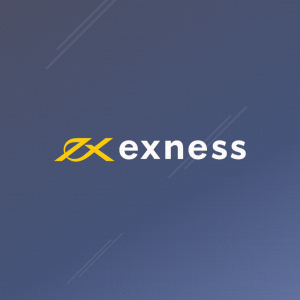


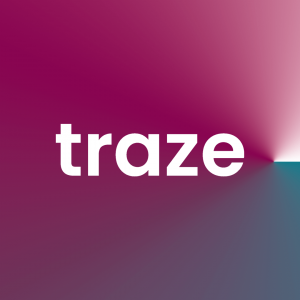

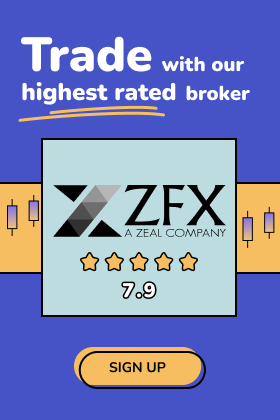

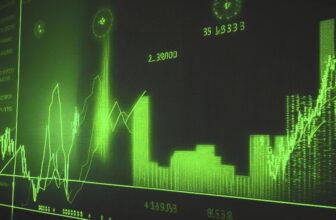
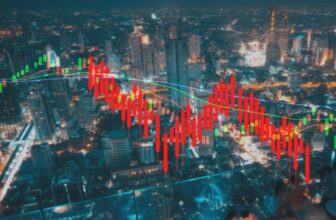
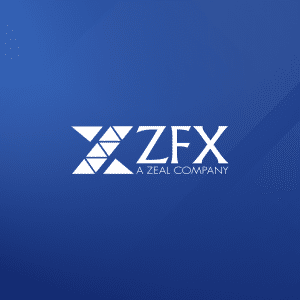


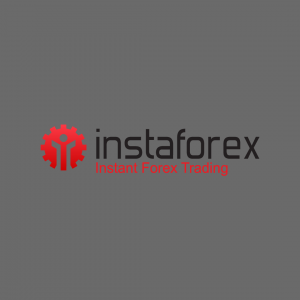


Itss like you learn my thoughts!You appear to understand
a lot about this, such as you wrote the guide in it or something.
I think that you simply coulod doo with some % to power the message home a bit, butt instead of
that, this is excellent blog. A fantastic read. I’ll certainly be back.
Feel free to visit my pafe – Tanya